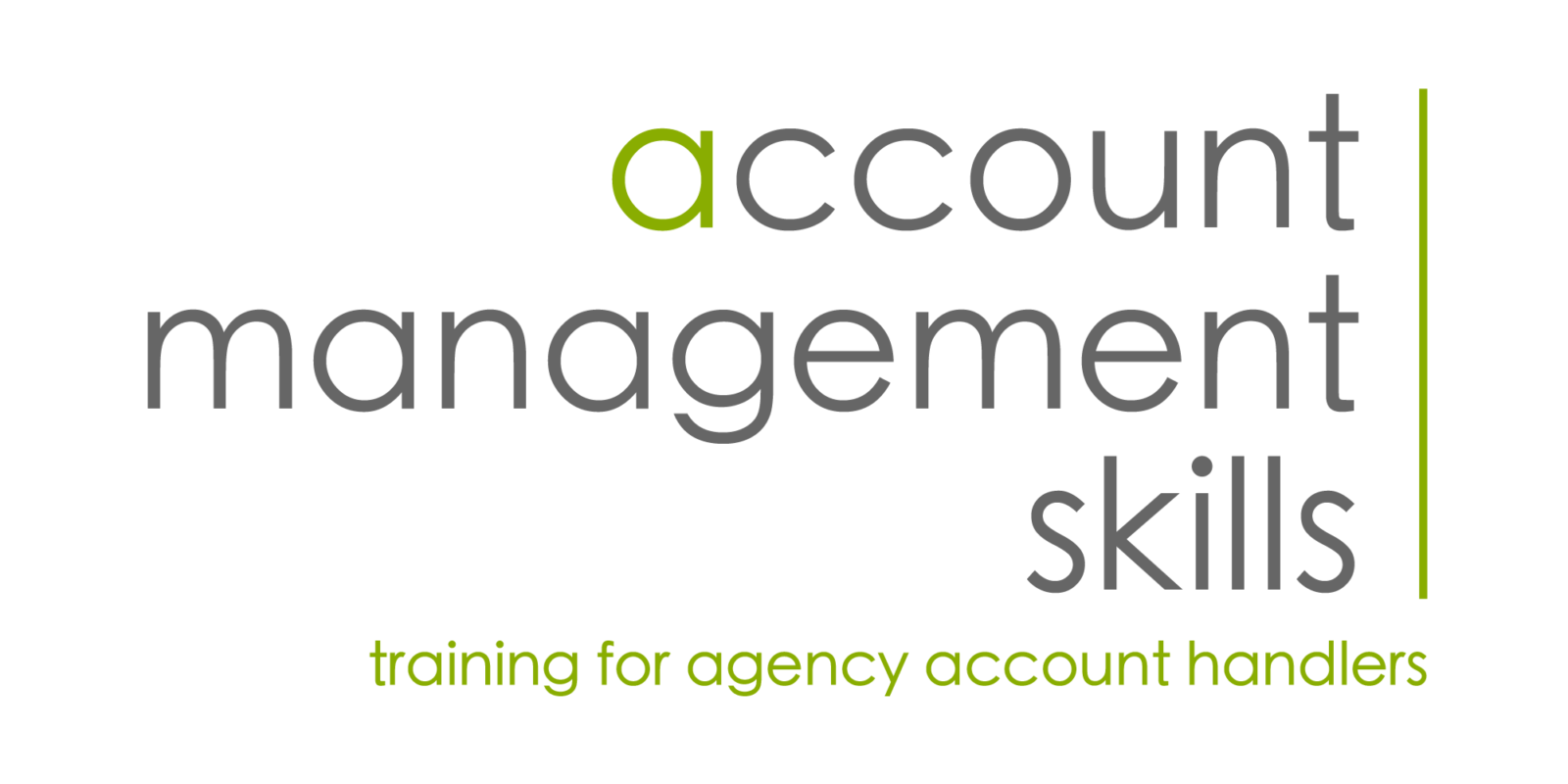
An account director client of mine has been struggling with a client relationship.
Unexpectedly, her long-standing, ‘satisfied’ client rejected her cost estimate for a new scope of work.
The client explained she’d received a cheaper quote (almost 50% less) from an alternative agency.
The client said she was worried she couldn’t justify accepting my client’s ‘high’ quote because her board of directors wouldn’t approve.
Dealing with this situation was tricky for the account director.
She felt;
- Disappointed they had sought an alternative quote due to their strong relationship
- Surprised this ‘happy’ client wanted to go to another agency
- Concerned price was suddenly an issue as it hadn’t come up before (4 years)
- Dismayed she’d even built in added value into the quote and hadn’t charged for it
- Worried she had to inform her agency leader and anticipated the inevitable downer
After chatting this situation through, there were 3 options:
1. Offer to match the other agency’s quote to ‘keep the client happy’ and run at a loss
2. Re-state the value of the proposal presented and hold the price
3. Reduce the scope and price as much as possible without eroding the value
She was keen to opt for option 2 but would work on option 3 as a back up scenario.
Justifying your value using principles of behavioural science
Corporate Visions helps sales teams in companies such as Deloitte and IBM with their sales conversations and messaging.
Their team of behavioural science researchers test messaging with real B2B buyers.
They point out that humans don’t like change and have a ‘status quo bias’ i.e. they like to stick to what they’re already doing because change represents risk.
They recommend approaching such a situation by reminding the client what the agency has achieved so far and the potential risk to the client of changing supplier.
Here’s the winning ‘why stay?’ messaging flow Corporate Visions has determined works best:
1. Document results
Remind the client of the progress you’re making on their goals through the work you’ve done to date – and the results you’ve had (this restates the value the client has had)
2. Review prior decision process
Revisit the client’s original decision to work with you (remind them why they chose you).
3. Mention risk of change
What are the potential risks of the client changing? e.g. what makes this a bad time? (any changes in the current working arrangement could create an unnecessary risk of losing positive momentum/gains)
4. Highlight cost of change
What will the client stand to lose as a result of changing? Time? Loss of focus on priorities? Daniel Kahneman’s work in Prospect Theory (how people make decisions under risk) concluded people are twice as likely to take an action to avoid a loss than a gain. So rather than selling the benefits of staying with you, you need to point out the cost and impact of changing.
5. Detail competitive advances
Explain the advances in your services that have kept you competitive in the market (demonstrates you’re keeping pace in the industry so the client sees you’re still the best choice in the market)
This additional step below is when you want to restate your original price with a ‘justified’ reduction…
6. Introduce a ‘justified’ price reduction
If you want to try to get nearer to matching the other agency, introduce a ‘justified’ reduction e.g. “we have re-looked at the scope and would like to make a suggestion for a number of adjustments e.g. reducing the number of rounds of amends from 3 to 2 etc.
Personally I love incorporating behavioural science principles and psychological theories into my training. It’s important to understand why our clients behave as they do – and how we can leverage this knowledge to be more influential ourselves.
All the time we are human beings selling ideas to human beings we need to understand it – but when AI is selling to AI all bets are off 😉
